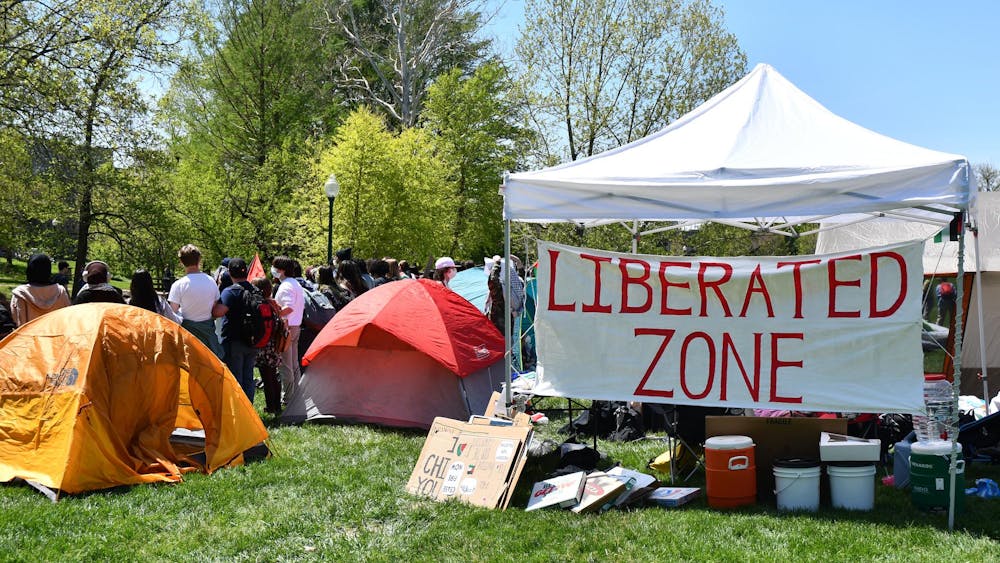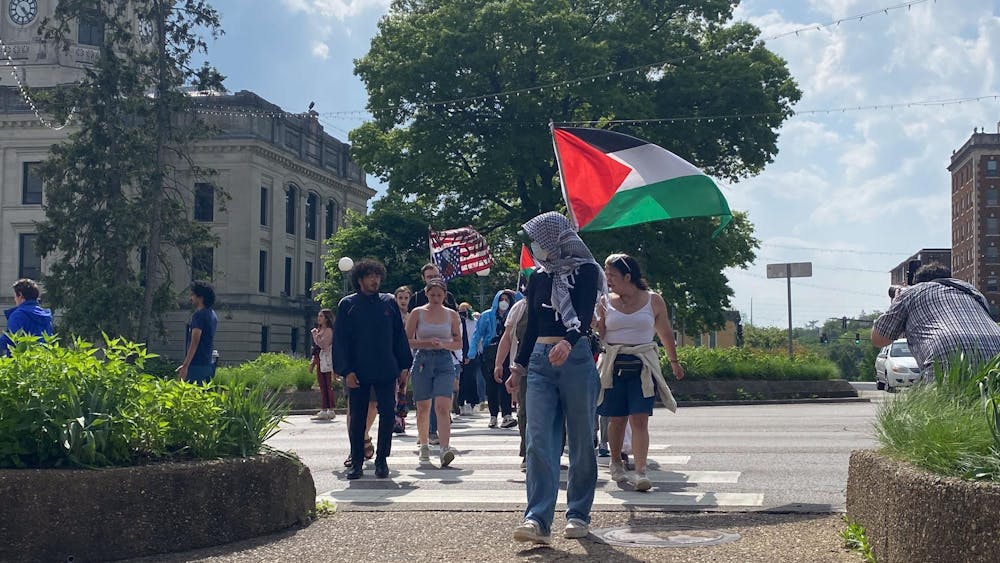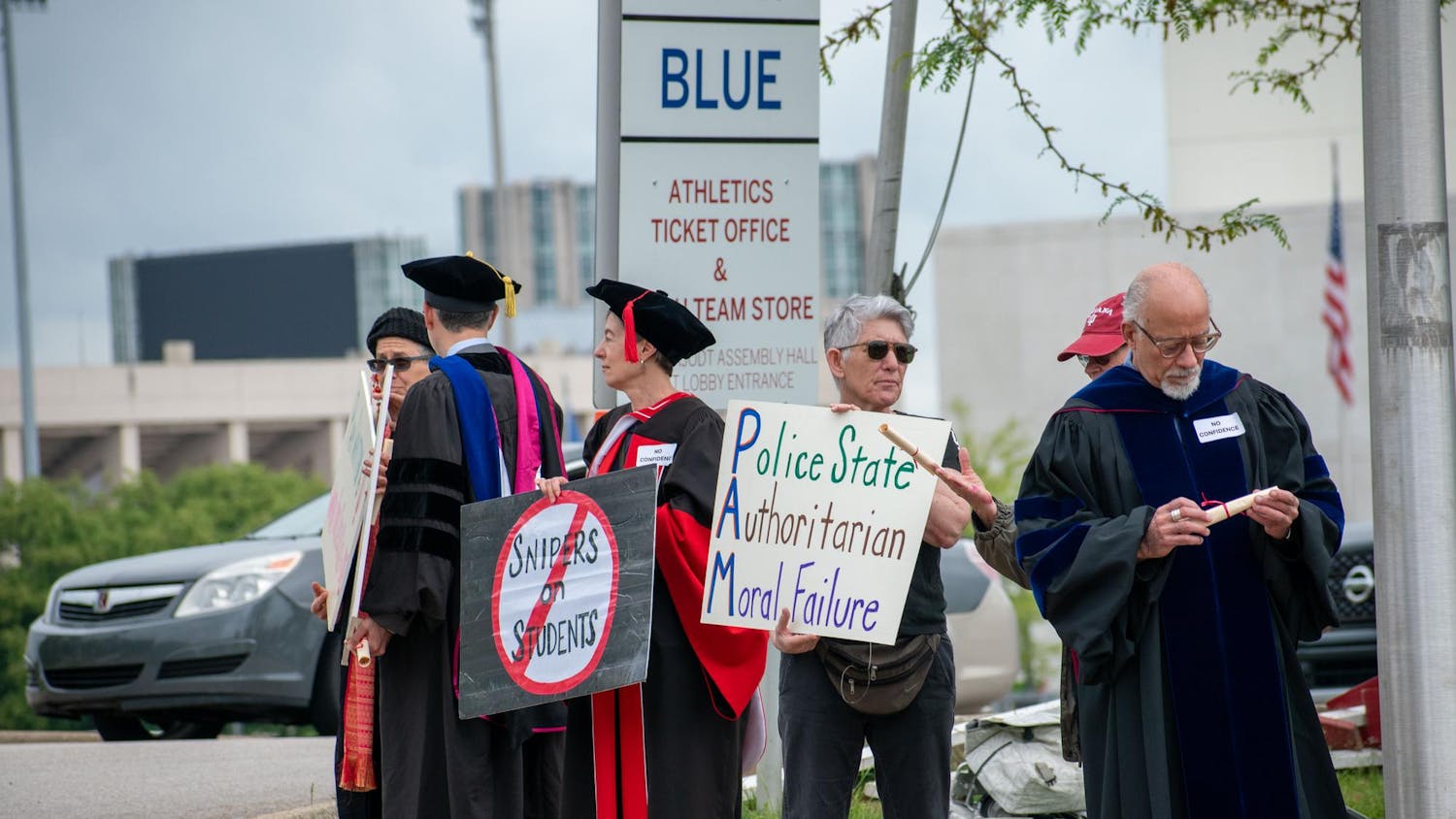Jonathan Coke and WFHB, Bloomington's community radio station, had four words for the Indiana General Assembly this spring: Show us the money!\nThey wanted $81,000 in Build Indiana Funds.\nWhen the state legislative session ended this month, Coke, the station's general manager, found out that they will receive $54,000 in BIF money, the biannual grants that are primarily derived from the states lottery ticket sales.\n"Yeah, I would have liked $81,000," Coke said. "But $54,000 is a lot of money. Its the second largest cash gift we've ever gotten. Unfortunately, the economic forecast forced legislators to reduce most Build Indiana Fund requests down by one third."\nAs a result, WFHB which broadcasts on both 93.1 FM and 98.1 FM will be the latest Bloomington media outlet -- following the Herald Times -- to expand its sphere of influence by reaching out to the surrounding communities.\nCoke said the original plan for the BIF money was to put signal translators in Nashville and Ellettsville, in addition to making some other capital improvements to the station and its equipment.\n"We're going to have to iron out some priorities," he said. "We're going to get a lot done. That's the bottom line. We'll find ways to stretch that money out."\nPlacing a translator in Nashville or Ellettsville will enable people in those communities to enjoy the public affairs reports, diverse music and educational programming that WFHB provides, Coke said.\n"We will get to put one of the two translators in completely with the funds we've received," Coke said. "The other will probably have to have its own capital drive."\n2001-02 marks the first fiscal year in which WFHB has applied for a BIF grant. Its request was for funding intended to assist with major, one-time capital improvements, not money for day-to-day operating expenses, which are covered by the stations annual membership drives.\nWFHB is a community radio station in the literal sense of the term. It's not reliant on a university, library or religious organization. These factors, Coke said, make funding for WFHB a responsible and prudent use of taxpayer dollars.\nAccording to WFHB's BIF grant application, a new front entryway for the station and a safety fence around the transmitter will cost $11,000. The station asked for $20,000 to pay for upgrades to its production and broadcast equipment, and an additional $20,000 to renovate its music library.\nBut the crown jewel of the Build Indiana grant proposal was the $30,000 WFHB wanted to use for the purchase and installation of the translators for Ellettsville and Nashville. Although not overwhelming in terms of wattage, these translators would strengthen WFHB's signal enough so that it can be picked up with ease in both communities, which lie on the very outer rim of the stations existing transmitter range.\nAlthough the station didn't receive the full amount for which it asked, the Build Indiana funds will take WFHB to another level of self-sufficiency, Coke said.\n"Basically, what we want to do is improve our programming, to better reach our listeners," he said. "And, in turn, well be better able to increase our listener funding base, which will help us in the long run."\nThus, he said, WFHB will have a larger pool of potential donors from which to draw when it conducts its membership drives. The station's popularity in Bloomington can be measured by the success of these twice-yearly drives, the latest of which concluded at the end of April and generated $33,264.\nThe costs of operating a community radio station, like those of any other media organization or business, go up every year.\n"There are limitations to WFHB's current broadcasting situation," wrote Brian Kearney, president of Bloomington Community Radio, WFHB's governing body, in a letter to Rep. Peggy Welch, one of this area's state legislators. "The station operates in a hand-to-mouth existence."\nOne of the main reasons for this is WFHB's status as a second service station, which makes it ineligible for federal funding through the Corporation for Public Broadcasting. The Federal Communications Commission (FCC) considers WFIU the primary non-commercial radio station in the Bloomington market. WFHB has never seen a dime of the ever-dwindling public funds earmarked for non-commercial radio.\nTo fully appreciate the extent to which the Build Indiana funds will help WFHB, the station's grassroots history must be considered. Its volunteers have contributed thousands upon thousands of service hours throughout the years. Bloomington Community Radio was formed 18 years before WFHB even went on the air; that's how long it took to acquire the donations of equipment, land, cash and other infrastructure needed for such an operation.\nA lingering concern is whether the people in Nashville and Ellettsville even want to hear WFHB.\nCoke said neither he nor anyone else affiliated with the station has conducted extensive, formal research into the matter, but a document attached to the grant application identified these two communities as "areas where (WFHB has) identified listener-members complaining about lack of reception."\nAnother long-term question for the station's future involves the scarceness and overlapping of frequencies on the broadcast spectrum in this part of the state. WFHB's primary 1,600-watt 93.1 FM transmitter is actually located 11 miles south of Bloomington, in nearby Harrisburg, Ind., because of interference with WVUB-FM out of Vincennes, Ind., and WRTV-TV (Channel 6) out of Indianapolis.\nA few years ago, increased interference and weakening signal strength revealed the need for a small, 250-watt translator in Bloomington itself, thus necessitating the station's application for a second frequency, 98.1 FM, which was granted by the FCC.\n"We feel the 98.1 FM translator serving Bloomington is an example of a working strategy to better serve our listening members," representatives of Bloomington Community Radio wrote in a letter accompanying the Build Indiana application.
WFHB to expand FM range with grant money
Get stories like this in your inbox
Subscribe





